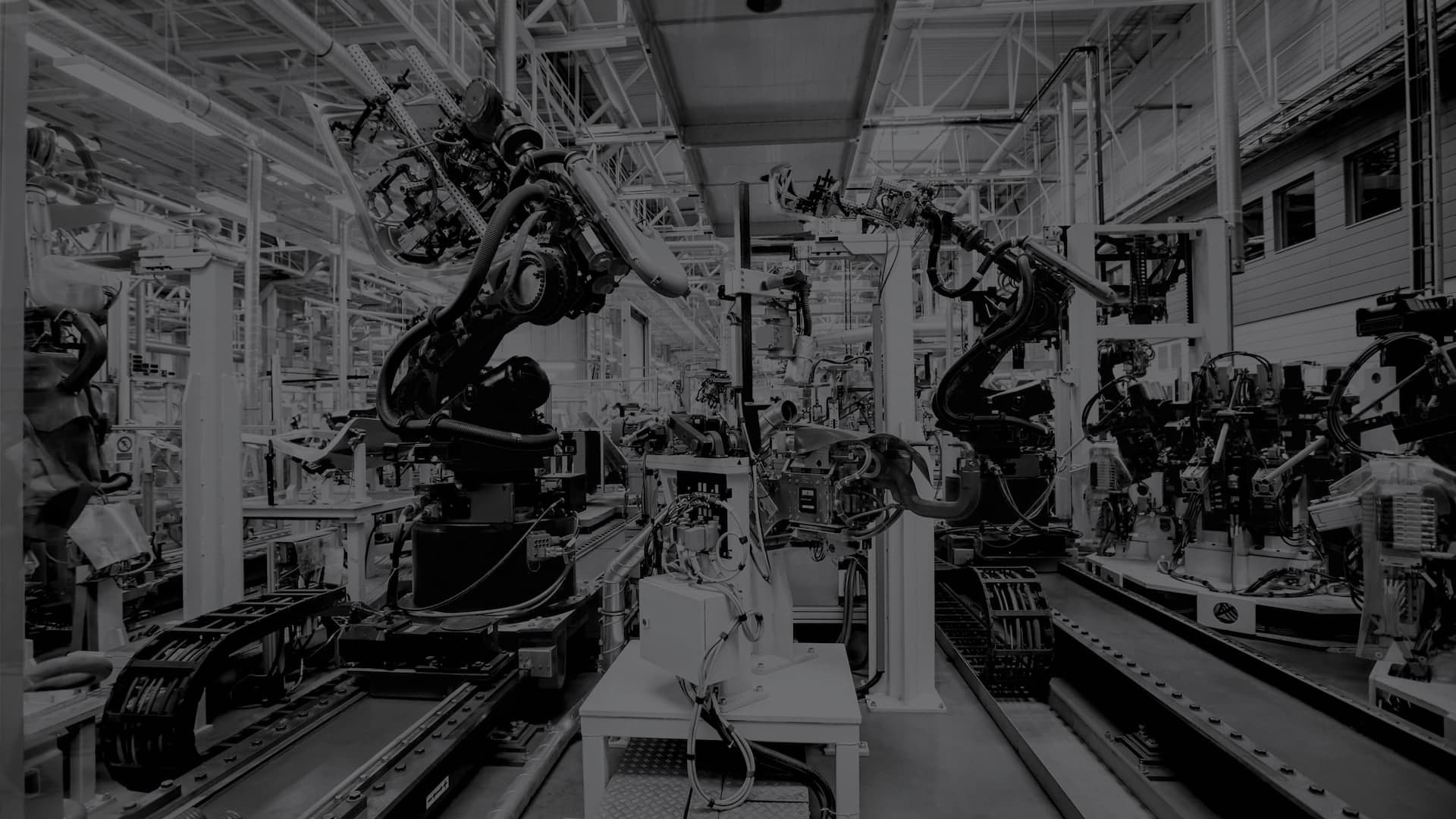
Insights
Finely engineered content.
Our steel-toed boots have been on the ground for decades. We understand the mechanics of your operations, and we’ve put that experience to good use. Explore the Akhia blog, curated content from our CEO, upcoming events and podcasts for news you can really use.

